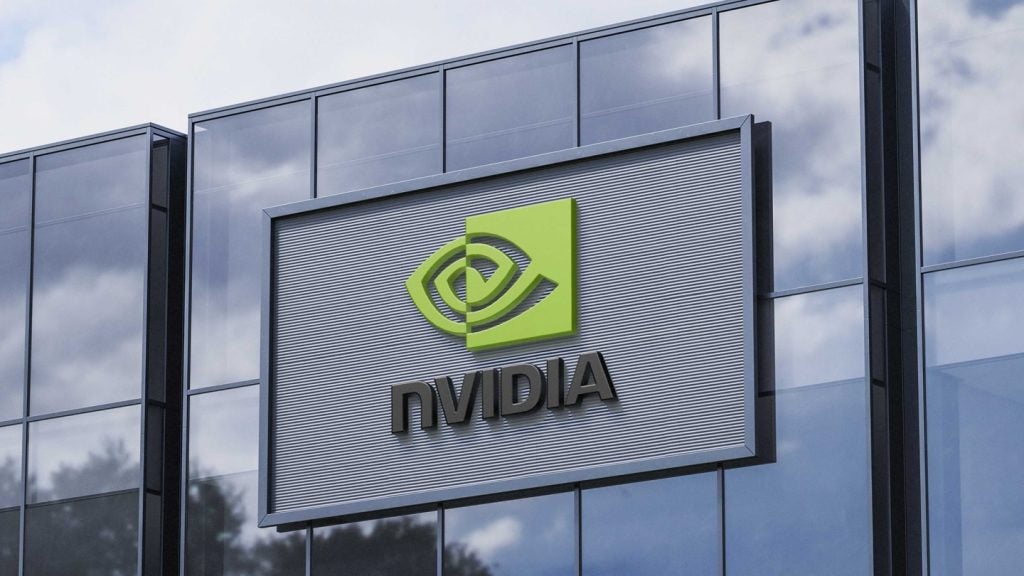
Networks may not have the same sex appeal as other areas of technology, but as the foundation of any business it is crucial that enterprises ensure that they remain fit for purpose. So, why do companies stick with traditional network management systems that cause more problems than they solve, instead of transitioning to autonomous solutions?
As companies seek to become more technologically advanced, adopting more sophisticated software, connecting more devices and generally making their networks far too complex for human staff members to manage, autonomous networks have emerged as an appealing solution to help companies streamline network management.

Access deeper industry intelligence
Experience unmatched clarity with a single platform that combines unique data, AI, and human expertise.
It is understandable that the network should be a focal point of digital transformation. The network acts as the nervous system for many operations. When it all works smoothly, the majority of users shouldn’t even notice it is there, but any issues in connectivity, performance or security can have disastrous consequences.
Automation has been a buzzword across industry for years, but for the most part, it has been seen as an accessory to a network, rather than a viable solution to enhance the network itself. But with advancements in AI and machine learning, the concept of a self-diagnosing, self-healing network has rapidly become a reality. Now that the concept has become a necessary feature for future thinking businesses, innovators have begun to break the monolithic mould of the autonomous network with a new generation of customisable solutions.
Creating a ‘building block’ approach
At a base level, an autonomous network operates with little or no human interaction, using AI and machine learning to help human staff members monitor and control the network. It sounds simple enough in theory. But finding a solution that will best suit the operational requirements of you business isn’t as straightforward as it may seem. Because each enterprise is different, and so has different needs. Smaller organisations will not need the same elements to function smoothly as international industry heavyweights.
Consequently, some industry decision makers have turned their backs on traditional one-size-fits all solutions in favour of options that provide greater flexibility and customisation. And networking companies have tapped into this unmet need. Earlier this year Extreme Networks unveiled its Extreme Elements package during the company’s customer conference in Nashville. The package is specifically designed to allow customers to mix and match software, hardware and services solutions to create a streamlined system that will ultimately make it easier for end users to do their jobs.

US Tariffs are shifting - will you react or anticipate?
Don’t let policy changes catch you off guard. Stay proactive with real-time data and expert analysis.
By GlobalData“For too long, networking vendors have allowed infrastructure to become a roadblock to customers’ most innovative ambitions,” explained Nabil Bukhari, executive vice president, products, Extreme Networks. “Leveraging our deep expertise in advanced, agile networking, and combining it with artificial intelligence and automation, we’re giving our customers the tools they need to deliver extraordinary human experiences. It’s a new era of networking”
These ‘elements’ are made up of components from Extreme’s Automated Campus, Agile Data Center and Smart OmniEdge solutions to form what the company describes as ‘the building blocks of the autonomous network’. Whereas traditional equipment tends to rely on manual processes, often resulting in unnecessary downtime and puts significant strain on IT staff members, this ‘building block’ foundation provides users with a self-driving network that operates around policies determined by company decision makers.
The result is a more user-friendly network that works alongside human staff members, helping them to identify and resolve issues, rather than contributing to them.
A new era of networking
One of the biggest challenges that enterprises have to tackle is monitoring the growing number of devices that are connected to the network. Most enterprise networks have a myriad of access points that are used by employees, customers, partners and a whole host of other users in multiple locations. This significantly increases the number of potential risks that IT staff have to monitor and maintain. And, while technology has significantly evolved in recent years, some enterprises have remained limited when it comes to safeguarding their networks.
According to ZK Research’s 2019 IoT Device Forecast, there will be 80 billion connected devices by 2025. Using traditional networking technologies, diagnosing and treating any weak link or security threat can take hours, which wastes valuable time and money that could be better utilised elsewhere.
This is where autonomous networking can be highly advantageous. Instead of simply reacting to a security breach or operational error, autonomous networks give human staff members enhanced visibility of the end-to-end network and can provide predictive information to notify engineers and IT staff of potential issues.
It is this ease-of-use and end-to-end visibility that Extreme Network’s president and CEO Ed Meyercord highlighted as a key proponent for customers across industry, as users can rapidly identify and cut off devices that are performing incorrectly to prevent them from impacting other parts of the business.
“Through the fabric you’re creating kind of a network within a network that you can control. So, it becomes really easy to manage,” said Extreme Networks CEO Ed Meyercord. “Take auto manufacturing. You have to think about all the equipment and all the systems and all the robots. But, you can separate them and segment them so you have visibility of how they perform.”
The next step for autonomous networks
It is commonly understood that autonomous network management is where industry is headed. The question is how it will be implemented and how it will benefit customers. Creating a customised foundation using solutions such as Extreme Elements may be an appealing alternative for small and medium sized enterprises that may run into difficulties trying to replicate the legacy architectures of hyperscale businesses.
Customisable autonomous networks can also reduce costs for a variety of organisations across different industries. Take medicine for example. Every hospital is packed with variables like patients, beds, medications, all things that are important to monitor but are borderline impossible for a human to manage successfully without the aid of technology. One such hospital is the University of Oslo hospital, one of the original users of Extreme’s Fabric solution.
“[The University of Oslo hospital] has created tons of segments, like over 1,900 separate networks within a network,” explains Meyercord. “So, if you have a bed system, you could put all the beds on one platform within the network and it’s easy for them to do that.”
“In healthcare this is particularly relevant, because of all the Internet of Things devices connected, and because of the security benefits.”
And this is only the beginning for autonomous networks. For a glimpse of where the next innovations may arise, you need not look further than Extreme Network’s most recent solution – an end-to-end cloud management solution. Cloud is thought to be the quickest route to implementing an autonomous system, so it is understandable that companies are looking to develop products to target this need. But, in order to remain relevant to customers, Meyercord stressed that innovation should not lose sight of the purpose of autonomous systems – improving the user experience.
“It’s taken us a while to integrate the roadmap to create our Elements, and to integrate the culture and the people educate and train and enable our field. But we have this great portfolio of technology and we’re figuring out how we’re going to share and create value with customers,” he said.
Read more: Future of servers, storage and networks: Ten companies predicted to succeed







